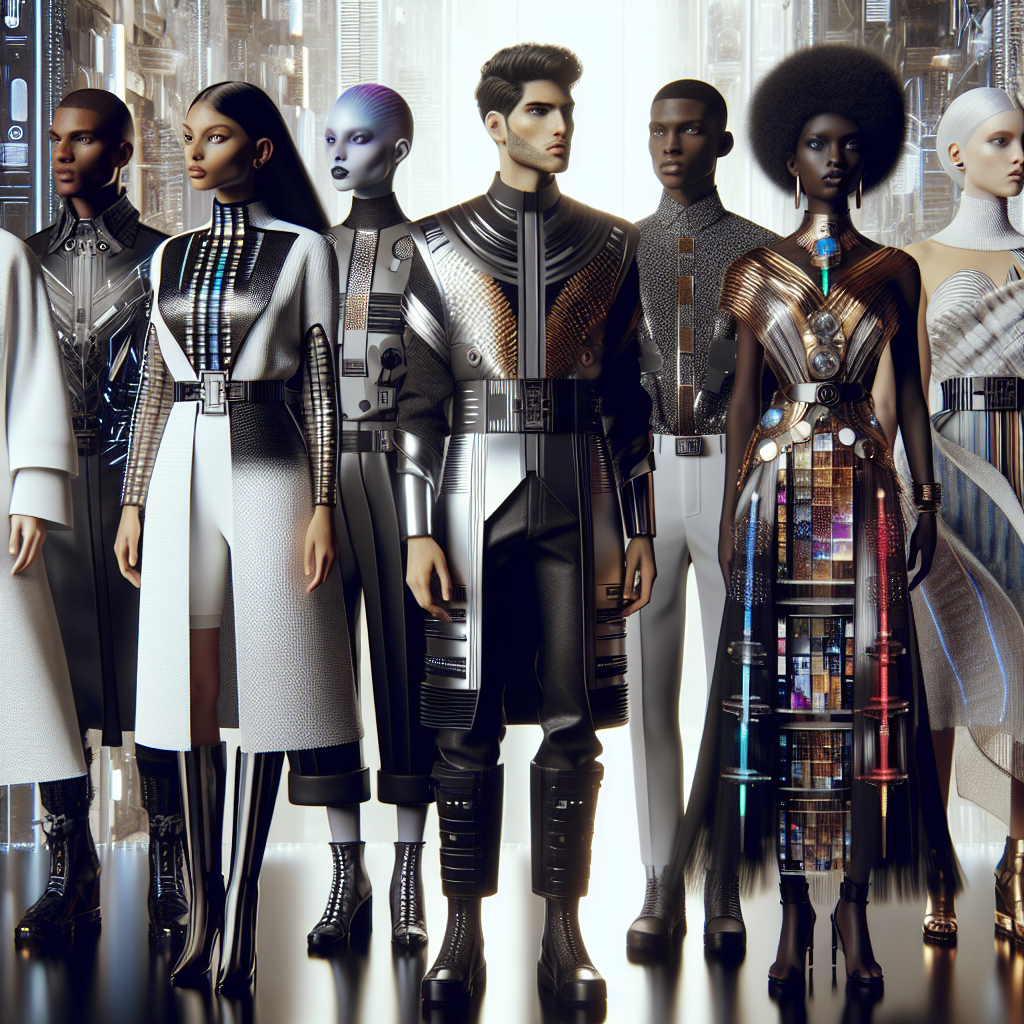In the rapidly evolving world of fashion, where innovation meets creativity, a new trend has emerged that is reshaping the industry: digital fashion supermodels. These virtual creations are not only captivating audiences with their unique aesthetics but are also challenging traditional norms of fashion modeling. As technology continues to advance, digital fashion supermodels are becoming an integral part of the fashion landscape, offering a glimpse into the future of style and representation.
The Rise of Digital Fashion Supermodels
The rise of digital fashion supermodels can be attributed to several factors, including technological advancements, changing consumer preferences, and a growing demand for sustainable practices. With the advent of sophisticated 3D modeling software and artificial intelligence, fashion designers and brands have been able to create hyper-realistic virtual models that can be customized to fit any desired look or personality. These digital models are not bound by the limitations of the physical world, allowing for endless possibilities in terms of appearance, style, and diversity. As consumers increasingly seek unique and innovative fashion experiences, digital supermodels offer a fresh and exciting way to engage with brands and products.
The Impact on the Fashion Industry
The impact of digital fashion supermodels on the fashion industry is profound and multifaceted. For designers, these virtual models provide an opportunity to experiment with avant-garde styles and concepts without the constraints of traditional runway shows or photo shoots. This has led to more creative freedom and the ability to push the boundaries of fashion design. Moreover, digital supermodels have opened up new avenues for marketing and brand storytelling, allowing for immersive and interactive experiences that resonate with tech-savvy audiences. On a broader scale, the rise of digital models is also prompting discussions about representation and inclusivity in the fashion world, as they can be designed to reflect a wide range of body types, ethnicities, and gender identities.
Challenges and Criticisms
While digital fashion supermodels offer exciting possibilities, they also face challenges and criticisms. One of the main concerns is the potential impact on employment for human models, as brands may opt for virtual models to reduce costs and increase flexibility. Additionally, there is an ongoing debate about the authenticity and relatability of digital models, as some consumers may prefer the human touch and emotional connection that real-life models provide. Ethical considerations also arise regarding the portrayal of idealized beauty standards and the potential for digital models to perpetuate unrealistic expectations. As the fashion industry continues to navigate these challenges, it will be crucial to strike a balance between innovation and ethical responsibility.
As digital fashion supermodels continue to gain prominence, they are undoubtedly reshaping the fashion industry in unprecedented ways. While they offer exciting opportunities for creativity, inclusivity, and sustainability, they also raise important questions about the future of fashion modeling and the role of technology in our lives. As the industry evolves, the dialogue surrounding digital fashion supermodels will likely intensify, prompting further exploration of how these virtual entities can coexist with traditional fashion practices while embracing the possibilities of the digital age.










